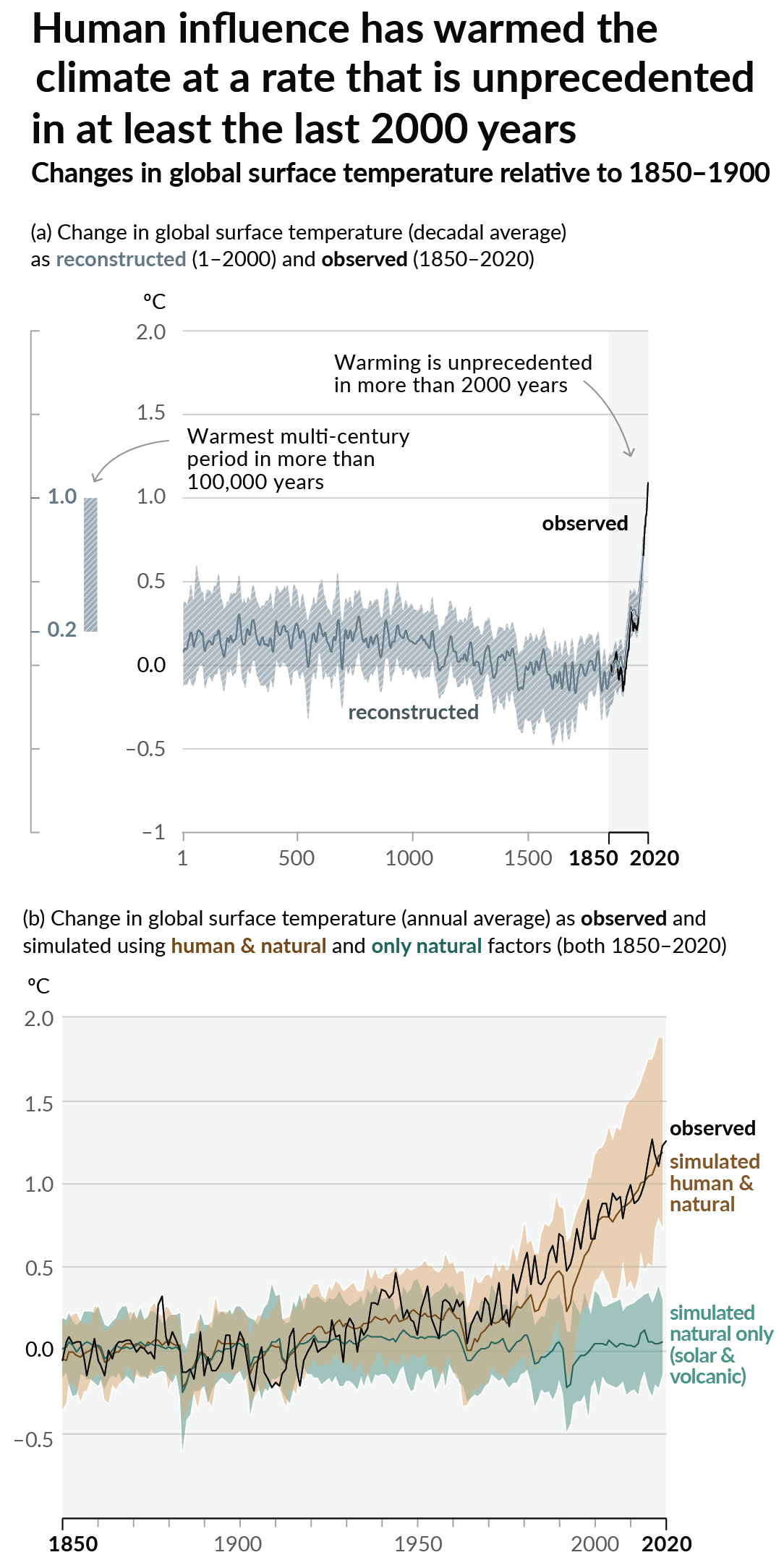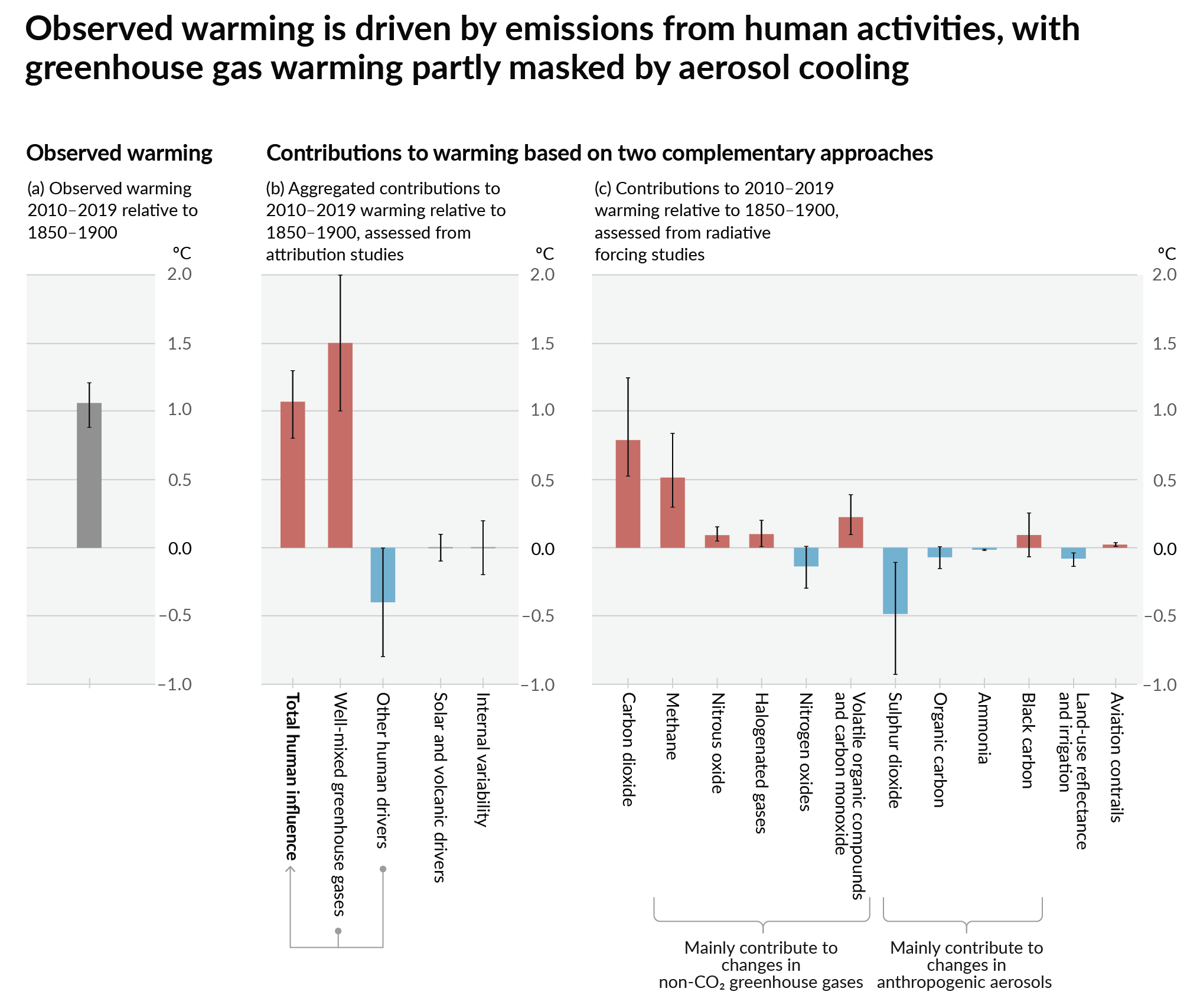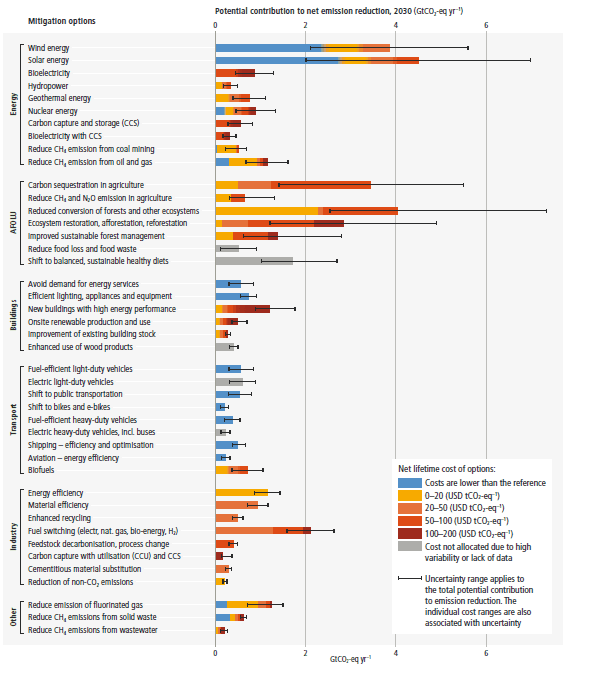this post was submitted on 09 Sep 2024
122 points (96.2% liked)
Climate - truthful information about climate, related activism and politics.
5053 readers
554 users here now
Discussion of climate, how it is changing, activism around that, the politics, and the energy systems change we need in order to stabilize things.
As a starting point, the burning of fossil fuels, and to a lesser extent deforestation and release of methane are responsible for the warming in recent decades:

How much each change to the atmosphere has warmed the world:

Recommended actions to cut greenhouse gas emissions in the near future:

Anti-science, inactivism, and unsupported conspiracy theories are not ok here.
founded 1 year ago
MODERATORS
you are viewing a single comment's thread
view the rest of the comments
view the rest of the comments
Have automakers gotten so used to fat profit margins from SUV sales, particularly during the post-pandemic boom, that they consider anything that requires investment to be "insufficiently profitable"? Or has the high-return mindset of Silicon Valley infected Detroit as well?
@fpslem @jeffw
Ford Motor companies net profit margin for 2023 was only 3.83%
They are in a tougher spot than many people understand. If they don't have very fat margins on premium vehicles, they are close to losses.
@fpslem @jeffw
Indeed,
"Ford just reported a massive loss on every electric vehicle it sold"
https://www.cnn.com/2024/04/24/business/ford-earnings-ev-losses/index.html
That's R&D cost divided over a small number of vehicles, not the cost of material and labor that goes into each vehicle. It only looks bad on paper.
For example, if you invest $100 in R&D and it costs $1 to produce each car, then the first car out of the factory costs $101. Sell that first car for $10 and you've "lost" $91. But if you can sell 100 cars, then each car only costs $2, not $101, and now on paper it looks like you've made $8 on each sale.
Time will tell if Ford made the right decisions about what kind of car to engineer and if consumers will continue to buy it long enough to make back the one time R&D expenses. That would happen faster if their margins on labor and material is high, like it is on trucks and SUVs, which makes those a safer investment.
@Delta_V going back many years I've heard the description of the automobile industry problem as "overcapacity."
Too many companies in too many countries are fighting for too few buyers, compared to that production capacity. Like, if you ran all plants atlnd all shifts it would be way too many cars.
Now that's happening in EVs right?
To make money, on specifically the Mustang, Ford it has to sell a lot of Mustangs. Unfortunately everyone else is trying the same thing at the same time.
I'm skeptical of the problem being that simple. I think if that were the only issue, we would have cheaper cars.
Part of the rational for producing high margin trucks and SUVs is that investors demand the most margin possible out of every unit of production capacity. If a factory can only turn out 100 vehicles a year, its more profitable to turn out an expensive SUV that only 100 people can afford, compared to selling 100 cheap sedans that thousands of people want but you just can't produce enough of them.
If there were overcapacity, then in a vacuum, it would make sense to put it to work turning out low margin cars that are in high demand and making some money with that capacity instead of no money.
But its hard to predict years in advance when your factories are going to have excess capacity, and to know when to begin years long engineering projects so the vehicles you're going to want to produce will have their designs finished in time to fill those gaps. And its extra risky to begin those kinds of long range projects during times of rapidly changing regulations of ICE vehicles, and rapidly advancing tech for EVs that might invalidate years of engineering and factory tooling investments because you can't sell the vehicle you planned to produce for a long enough time to make back your investment and start seeing a profit. Not that I'm anti-regulation - I like breathing clean air and drinking clean water.